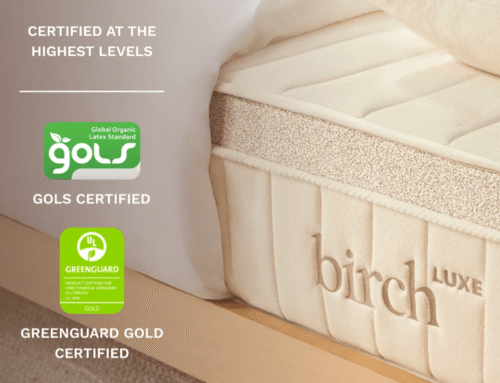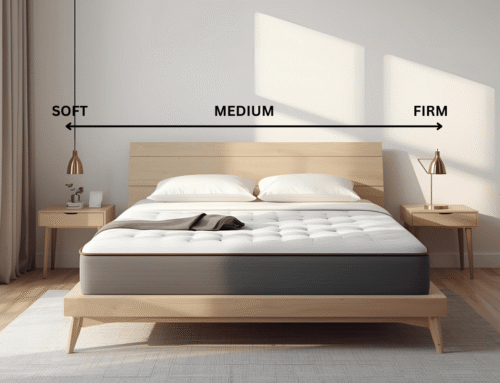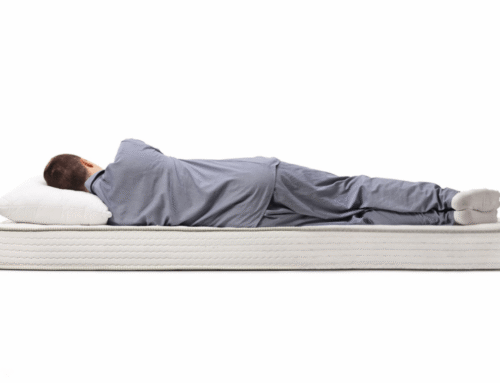A hybrid mattress combines comfort and support layers to create a balanced sleep surface. The top includes memory foam or latex, which contours to the body for pressure relief and a plush feel. Beneath those comfort layers, a coil system provides sturdy support along with bounce, so the mattress provides both softness and responsiveness.
The quality of materials affects how a hybrid mattress performs over time. High-density foam resists sagging and maintains shape, while individually wrapped coils limit motion transfer between partners. Some hybrids add cooling gels or breathable fabrics, which help with heat buildup so sleepers remain comfortable through the night.
For anyone unsure what lies inside these mattresses, each layer serves a purpose that affects durability, comfort, and overall sleep quality. Before going deeper, it’s nice to understand the benefits a hybrid mattress offers, the differences between gel memory foam and hybrid mattresses, and the average weight of a hybrid mattress since these basics reveal why hybrids stand out in the crowded mattress market.
Key Takeaways
- A hybrid mattress combines a soft top layer of memory foam or latex with a supportive coil core, giving both gentle contouring and a responsive bounce for comfort throughout the night.
- Transition layers made of dense polyfoam or latex prevent excessive sinking, which helps keep the spine aligned and reduces pressure on the hips and lower back.
- Individually wrapped pocket coils deliver targeted support, limit motion transfer between partners, and allow better airflow for cooler, undisturbed sleep.
- Reinforced edges provide stability, so users can sit or stretch near the perimeter without losing support or feeling as though they might roll off.
- Breathable covers, such as bamboo, Tencel, or organic cotton, combined with cooling gels or ventilation channels help maintain a fresh and sweat‑free sleeping environment.
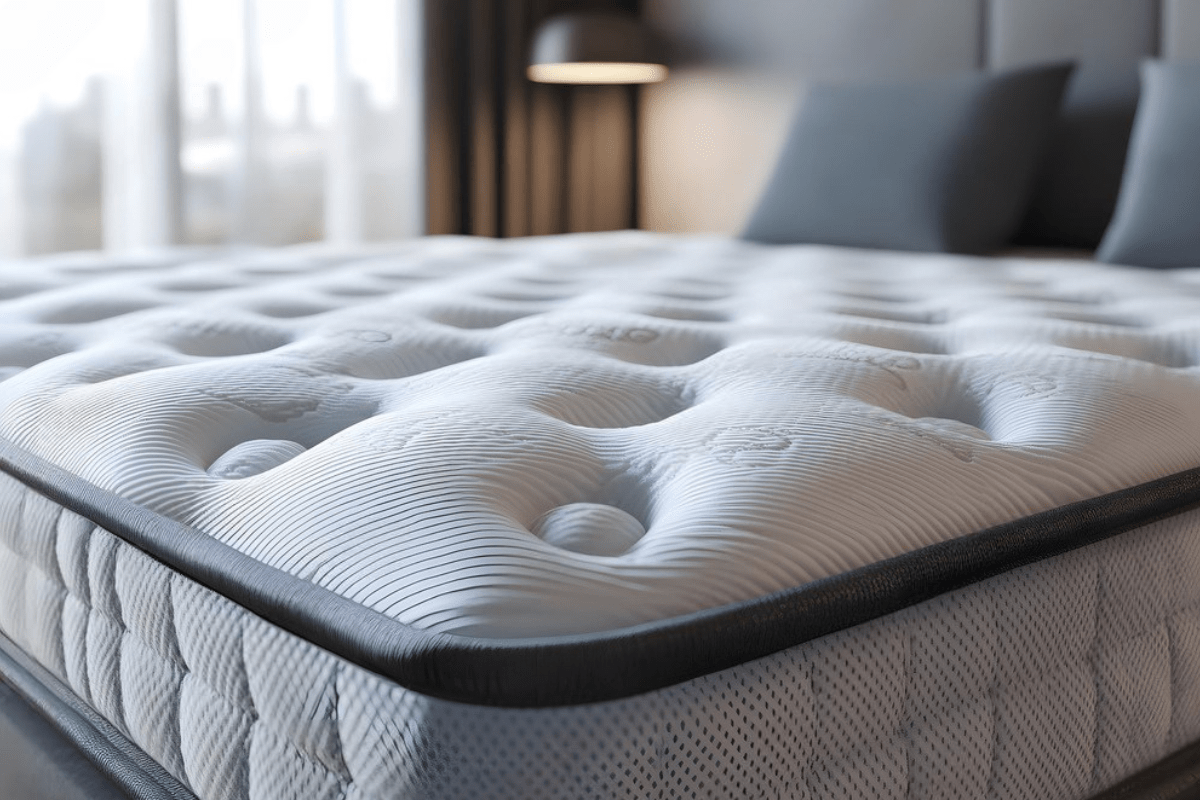
Comfort Layer
A hybrid mattress starts with a comfort layer made from materials such as memory foam, latex, or gel-infused foam. These soft layers aim to cradle the body, easing tension around sensitive spots like hips and shoulders. Many find this gentle cushioning helps reduce tossing and turning during the night.
Some beds feature advanced foams infused with cooling elements, like gel or copper, which pull heat away to create a more breathable sleep surface. This addition has proven helpful for those who tend to wake up sweaty or uncomfortable, encouraging a more consistent rest.
Depending on the foam type, the top layer provides either a sinking, contouring feel or a slight springiness. Memory foam usually delivers a deeper, body-hugging sensation, while latex offers subtle bounce without trapping heat. Choosing the right comfort layer often shapes overall satisfaction with a mattress’s feel and support.
Transition Layer
Nestled beneath the comfort layer, the transition layer eases the shift into the firmer base underneath. This section typically uses dense polyfoam or latex, which adds subtle responsiveness and assists in keeping the spine aligned throughout the night. By moderating pressure points, it creates a smoother, more balanced sleep experience.
Consider it the cushion that prevents the plush surface from turning into a bottomless pit, offering just enough resistance to stay comfortably elevated. It stops direct contact with rigid coils or base layers, which avoids uncomfortable pressure on hips or shoulders. Many sleepers report this layer maintains a steady feel without sudden dips.
Those who tried mattresses with a well-designed transition layer often said they woke up with fewer aches, especially in the lower back area. Unlike mattresses missing this layer, models featuring it deliver a consistent blend of contour and pushback, which supports restful sleep and reduces tossing or turning.
Support Core
Pocketed coils show what a supportive mattress feels like since each spring adjusts on its own instead of pulling the whole bed with every toss and turn. This independence stops motion from traveling across the mattress, so partners rest without constant disruptions through the night. Sleepers who need a stable yet responsive feel often notice how pocket coils stay supportive without turning stiff.
Unlike the old interconnected springs, pocket coils follow the natural curves of the body so pressure points don’t dig in as deeply. Sleepers lying on their side or back experience better alignment since each coil supports exactly where weight presses down. This design creates a balanced feel and offers both cushion and structure in the same layer.
Air moves freely through pocket coils since gaps between the springs let heat escape. Warm sleepers often describe cooler nights on these mattresses because airflow carries warmth away instead of trapping it beneath the body. This breathability helps those who wake up hot feel more refreshed.

Edge Support
Hybrid mattresses impress sleepers with strong edge support since the reinforced perimeter helps them feel stable sitting or lying near the sides. There’s no sense of slipping off, which creates confidence and comfort for anyone who moves around or likes spreading out. People who share a bed appreciate how edges stay firm instead of sagging under weight.
Manufacturers typically add thicker coils or dense foam along the edges so the mattress maintains its shape and keeps sleepers supported across the entire surface. The sturdy border feels secure for sitting while putting on socks or for those who like hugging the edge during sleep. Couples value this detail because it means less crowding and more room to move freely.
Good edge support extends the usable area of a mattress, helping it feel roomier without upgrading to a larger size. The bed stays supportive from the middle to the very edges so there’s less roll-off risk, which benefits anyone who shifts positions overnight.
Cover Materials
Many overlook how important a hybrid mattress cover truly is, though sleepers notice the difference in breathability and comfort right away. Covers made with bamboo, Tencel, or organic cotton feel cooler while providing a soft touch that feels gentle against the skin. Those who prefer a cozier surface might lean toward quilted foam covers, which cushion the top layer without trapping too much heat.
Some high-end brands use fabrics designed to pull moisture away, so nights stay drier and more comfortable. These materials usually stretch with the body’s movements, so the mattress surface doesn’t bunch up or feel restrictive during sleep. While not every model uses premium textiles, breathable covers allow airflow that helps inner layers maintain consistent support.
Quality covers aren’t only about feel, since a durable outer layer can protect the mattress core over time. Those investing in mattresses with organic or advanced fabrics often report fewer night sweats and better temperature regulation, suggesting that cover material affects the overall sleep experience.
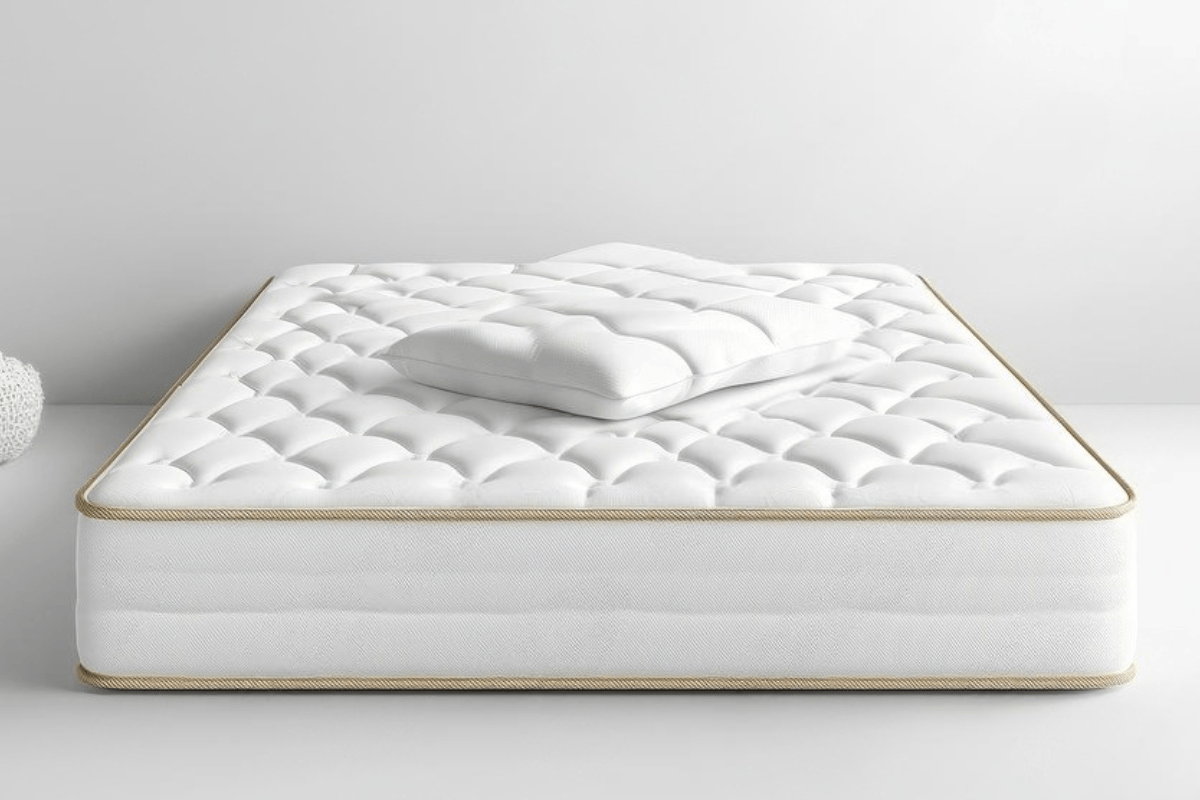
Optional Cooling Features
Hybrid mattresses include cooling gel foams or breathable coils, which can feel refreshing for those who tend to overheat at night. Some models incorporate phase-change materials or open-cell foam that let heat disperse quickly, providing a cooler sleep surface. These technologies aim to reduce the chances of waking up sweaty or uncomfortable during warm nights.
Hot sleepers may appreciate gel-infused memory foam that feels cooler on contact, or ventilated latex that promotes constant airflow throughout the night. Airflow channels between layers add another level of breathability, which prevents heat buildup under the body. These features can lead to more restful sleep without constant tossing and turning.
Moisture-wicking covers also prove helpful by drawing sweat away and keeping sheets dry, offering a fresher feel each morning. Together, these elements combine to support a more comfortable and undisturbed rest, especially for those frustrated by waking up hot and restless on traditional memory foam beds.
What Makes A Hybrid Mattress Different?
A hybrid mattress blends different materials to create a unique sleep experience. It typically layers foam on top of a coil system, combining softness with sturdy support. This construction gives both cushioning and bounce in one mattress.
Unlike traditional innerspring mattresses, which rely solely on coils, hybrids include foam layers that help relieve pressure points. Compared to pure memory foam beds, hybrids provide more responsiveness and airflow. This balance suits a wide range of sleepers and preferences.
The combination also enhances durability by reducing wear on each individual component. The coils maintain structural integrity while the foam adds comfort and contouring. Together, these materials create a sleep surface that adapts without sacrificing support, and this highlights whether hybrid or memory foam mattresses provide better performance, whether innerspring or hybrid mattresses deliver superior comfort, and the advantages offered by a hybrid mattress.
Pros and Cons of Hybrid Mattress Construction
Hybrid mattresses provide a blend of comfort and support that suits many sleepers. The combination of foam layers and coils provides pressure relief without sacrificing sturdiness. These mattresses sleep cooler than all-foam models, which retain more heat during the night.
Motion isolation improves compared to traditional innerspring beds because the individually wrapped coils absorb movement better. Durability remains strong if quality materials are used, so these beds hold up well over time. However, cheaper hybrids sometimes use lower-quality foams that affect both comfort and lifespan.
On the downside, hybrid mattresses usually weigh more and prove difficult to move. They’re more expensive than basic foam or innerspring options, which might not fit every budget. Overall, the value depends on materials and construction quality rather than the hybrid label alone.
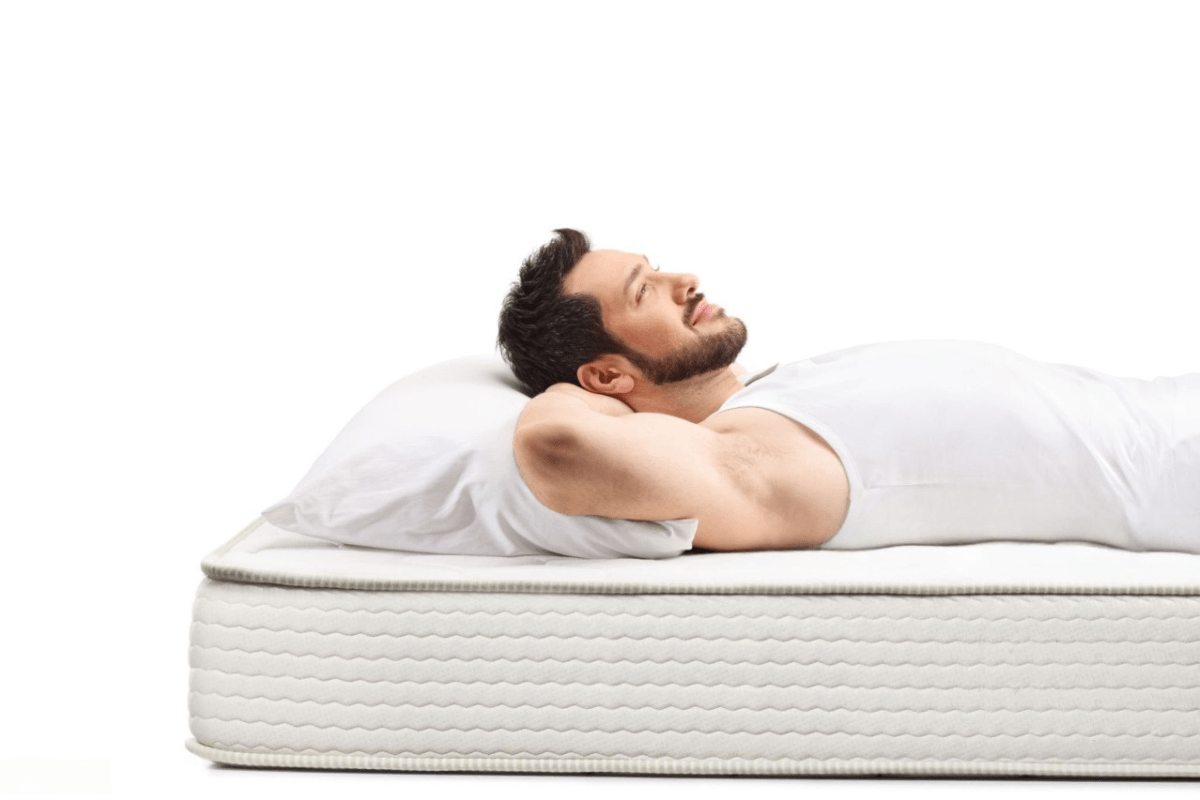
How Long Do Hybrid Mattresses Last?
Hybrid mattresses typically last between 7 and 10 years, sometimes extending beyond that with proper care. Their longevity largely depends on the quality of materials used, especially the foam layers and coil systems. Higher-density foams and natural latex tend to maintain their support and comfort longer compared to lower-quality foams that break down faster.
Pocketed coil systems generally outlast traditional innerspring coils because each spring moves independently, reducing wear over time. Mattresses with well-constructed pocket coils usually give better durability and motion isolation. Paying attention to the coil gauge and count can also provide insight into the mattress’s overall sturdiness.
Choosing a hybrid from reputable brands that openly share information about their materials helps ensure reliability. Transparency about foam density, coil type, and mattress construction gives confidence in durability.
Researching user experiences alongside brand claims can provide a clearer picture of expected performance and give guidance on topics including the comparison of longevity between memory foam and hybrid options, expansion time after unboxing, consequences of sleeping on it too soon, duration a hybrid can remain compressed in the box, recommended rotation frequency, break-in period, steps for compressing a hybrid mattress, and methods for moving it safely and easily.
Final Thoughts
Hybrid mattresses blend different materials like memory foam or latex with innerspring coils, adding edge support and sometimes cooling features. This combination gives a soft and comfortable surface while providing solid support underneath. The result is a sleep surface that balances pressure relief with durability.
These mattresses suit a range of sleep positions, including side, back, and combination sleepers. Their design reduces motion transfer, which benefits couples sharing the bed. The hybrid’s structure maintains comfort over time without sacrificing support.
Overall, hybrids provide a balanced feel that appeals to many sleepers looking for both cushioning and firmness. They provide a reliable option for those wanting comfort and support together in one mattress. Longevity and versatility are key strengths in this mattress type, so knowing key factors before buying a hybrid mattress, the need for a box spring, suitability for back pain compared to memory foam, and proper cleaning methods all contribute to making a well-informed choice.

